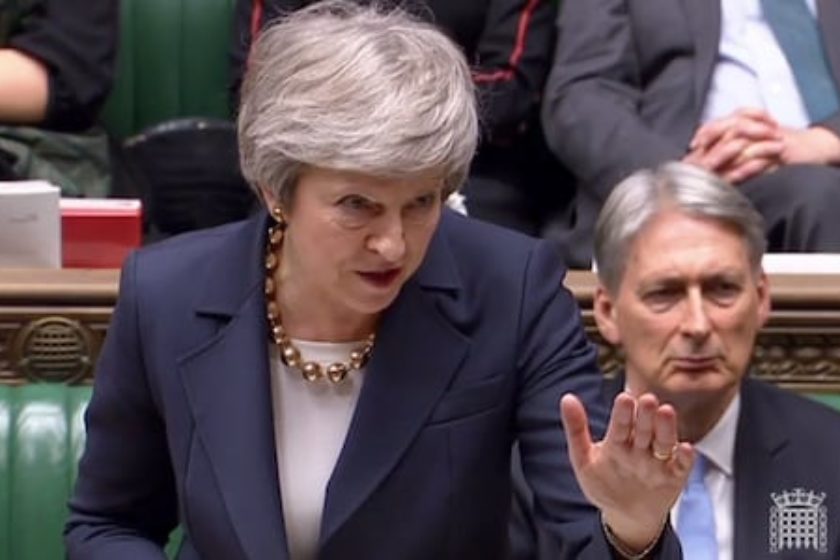Australia
Following the December 4th monetary statement was the minutes of this meeting releasing Tuesday. Comments from most members noted global conditions had remained positive but cautious. Labour markets had continued to tighten but growth in a collection of economies had slowed over the year. Softer global demands stemming from the global import tariffs between China and the US had created uncertainty and the main driver of the slowdown. Conditions in the housing market had continued to ease with Sydney now 9% down on where prices were back in July 2017. The Australian Unemployment rate jumped slightly to 5.1% from 5.0% after the release Thursday with a further 37,000 people added to the Australian labour force in November. This was made up of -6,400 full time employment and 43,400 full time workers which seems to be the reverse of last month’s figures. The Australian Dollar was uninterested in the data not moving far from the low 0.7100 levels versus the big dollar.
New Zealand
The New Zealand dollar has underperformed over the week in the wake of deteriorating risk sentiment and local data releases. The Federal Reserve have raised their benchmark cash rate to 2.50% from 2.25% suggesting they will keep with the projected path with two further hikes next year. The release sank the kiwi Dollar lower across the board with it dropping to 0.6770 against the greenback. The NZD received a double blow soon after when quarterly GDP and the Current Account came in light. GDP printed down at 0.3% from the 0.6% markets were expecting, the figures dragged lower with weak construction and manufacturing. The GDP report suggests it’s the lowest quarter reading in nearly five years and well down on the 1% in the June 2018 quarter. The Trade Balance was benign. Read more






